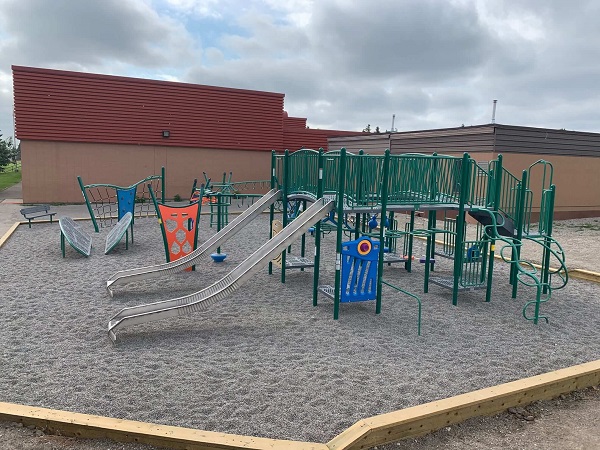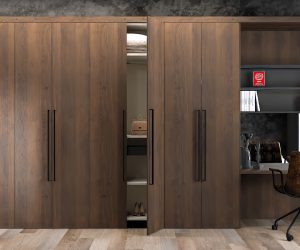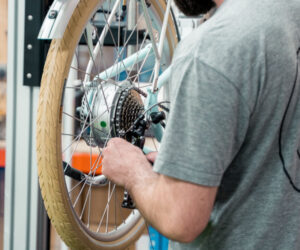Inspection Frequency
Inspection policies reduce the likelihood of schools overlooking issues that could lead to potential damages. In addition, administrators should schedule routine inspections on their calendars to avoid forgetting about them in the future. Educators and administrators can conduct the inspection regularly. As a result, problems are discovered before they turn into anything more serious than they need to be, which can sometimes result in lawsuits by parents of students who have been put at risk due to a lack of care and attention to potential hazards around campus, such as broken glass or exposed wires.
The frequency of inspections will vary according to the type of school, the facility’s age, and the size of the student and faculty populations. After weekend events, when the buildings are used for sporting events or non-school related activities, special attention should be paid to general housekeeping and facility inspections. Having a janitorial service at the end of the weekend is a good idea. In a good CBSE school in Chennai, the school grounds will be kept clean, the classrooms will have a pleasing environment, and good facilities that help children enjoy their studies.
Inspection Priority Areas
1.Entrances And Exit
There are many potential dangers in school entrances and hallways, so it is important to be aware of these hazards. When people visit a new place for the first time, they often spend more time looking around than on their walking path, leading them into trouble if there are obstacles like curbs or tripping hazards from floor surface changes. The main entrance should always be safe for visitors. On winter and rainy days, wet floor signs must be posted at the entrance and there must be someone to mop the floor periodically.

2.Offices And Common Conference Rooms:
Common meeting rooms are one such place where trips and falls happen regularly. The main reason is that the rooms are not used often, which makes them storage rooms with supplies and other boxes. There will be unused chairs, electric cords, etc., and such rooms are often ignored while cleaning. It is important to pay attention to the furniture to ensure that it functions properly. If discovered damaged furniture, it should be removed immediately.
3.Fitness Centre, Auditoriums, And Cafeterias:
When designing rooms for large gatherings, special attention should be paid to avoid spills. The policies forbidding food and beverage consumption in a gym are good ideas because the floors are protected from spills and fall, pest control and overall cleanliness. Ensure there are no loose bolts or planks on your bleachers as it can lead to an accident.
4.Restrooms:
At best schools, washrooms should be inspected regularly to prevent slips and falls. Along with routine inspections and adhering to the checklist, it is a good idea for people in charge of maintaining these facilities to post signs on restroom doors encouraging students, faculty or staff to notify the authorities if they notice any problems such as running water from faucets or if they see anything out-of-place like trash cans overflowing. This will ensure general cleanliness among all users more quickly than just relying on occasional inspections by facility managers now and then.
5.Area of the kitchen:
Perhaps the best advice for maintaining a safe kitchen is to have one person in charge of being accountable and coordinating with health inspectors. This individual should be offered incentives if their facility receives an excellent inspection, significantly reducing foodborne illnesses and other losses due to fires or water damage.
6.Closets in storage rooms and hallways:
When teachers and administrators search for something in the storage room, there are chances that they might get injured. This is because the storage items get piled up, creating unstable loads.When people try to grab things from the clutter, they get bruises, twisted ankles. Strained back, etc.
It is important to store chemicals such as paint, cleaning supplies, and art supplies in designated areas to avoid spills that can cause fires or other hazards. Flammable storage cabinets are designed specifically for hazardous chemicals and should be located away from common school traffic.
Consider The Following General Guidelines:
Schools are a place where children spend most of their day. Safety should be the number one priority when it comes to inspection. On top of that, inspections also reduce the risk for fire damage or other losses due to unexpected events like natural disasters.
At our elementary school, we have an excellent team who takes care of all building management needs, including routine physical plant inspections across buildings and grounds; this includes everything from checking classrooms (for hazardous materials) to inspecting equipment rooms for any potential dangers lurking around those areas too. Read More




